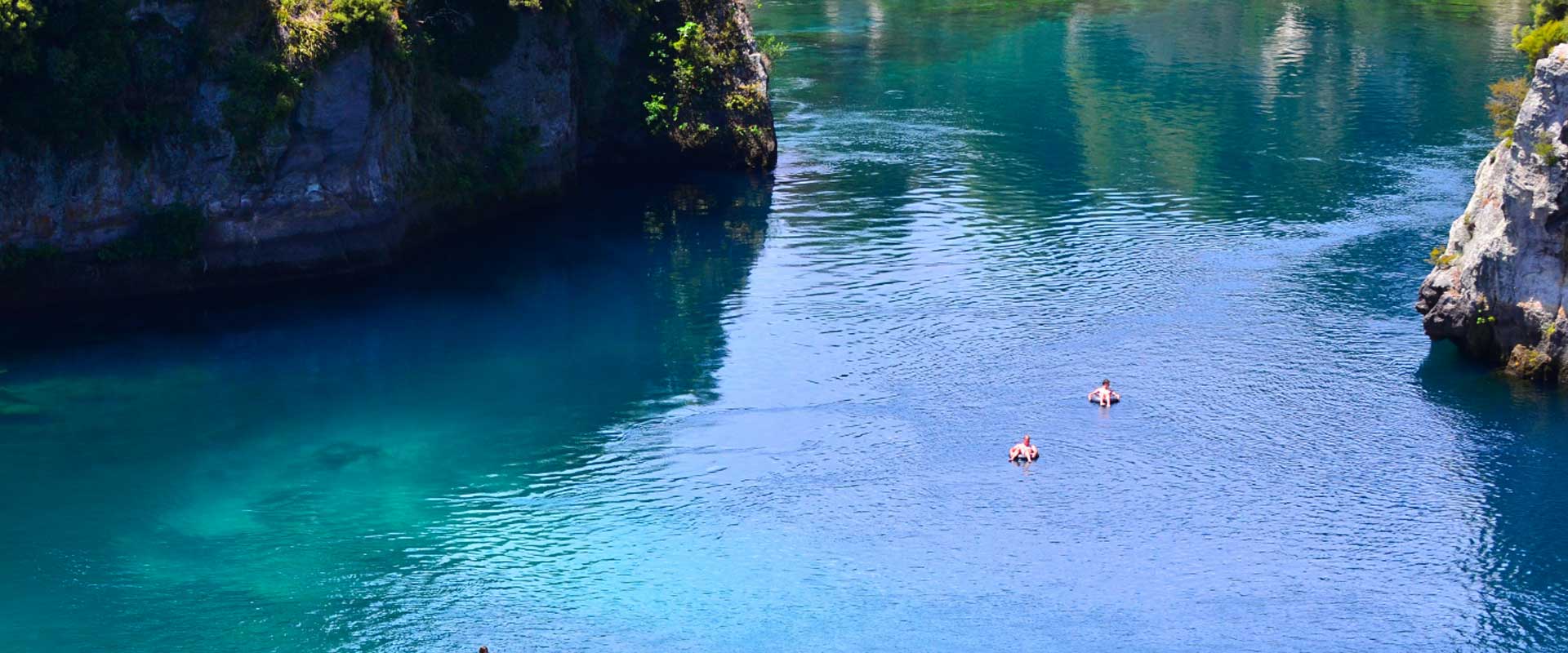Guidance for Catchment Groups to Develop Farm Plans
March 2021
Printable 4-step plan for catchment groups to develop effective farm plans (PDF, 1 page).
To make farm plans an effective tool for improving waterways, we propose an approach based on catchment groups, with four key elements: identify outcomes, develop sub-catchment plans, partner with tangata whenua, then monitor and adapt.
First, focus on outcomes. Identify the main environmental objectives (such as swimming) and issues (such as E. coli) for the catchment. Then, identify local objectives and indicators for every sub-catchment. Objectives should be drawn from the regional council plan, but specifying objectives for each sub-catchment may require further discussion between council staff, farmers, communities and tangata whenua.
Second, identify and prioritise the actions that will most help achieve these sub-catchment objectives. Neighbouring landowners then work together to develop sub-catchment plans, showing where actions will be taken. Farmers and farm planners will then know what parts of GMP are appropriate on a particular farm and where a farmer needs to go further to achieve local objectives.
Planning together is more efficient for everyone, because it avoids the need to implement every GMP on every farm. For example, if restoring a wetland on one farm will make the biggest difference to a healthy waterway, other landowners could help with the work.
Third, partner with and empower tangata whenua. They are in it for the long haul, and Te Mana o te Wai – a key part of the government’s policy – requires councils to work with iwi and hapū. Catchment groups that work successfully with tangata whenua will be in a strong position to demonstrate that they take their responsibilities seriously and are implementing a plan of action.
Fourth, monitor and adapt. To diagnose problems when and where they occur, catchment groups could play a greater role in monitoring in their own catchments. Tangata whenua should be involved to track progress and indicators based on mātauranga.
 View Our Strategy Document 2019 – 2024
View Our Strategy Document 2019 – 2024



